
Iran Strikes Back. What Will Israel Do Next?
SUBSCRIBER+ EXCLUSIVE ANALYSIS — Iran’s retaliatory strikes against Israel this weekend were both a potentially game-changing, historic first — and an underwhelming response. Historic, because […] More
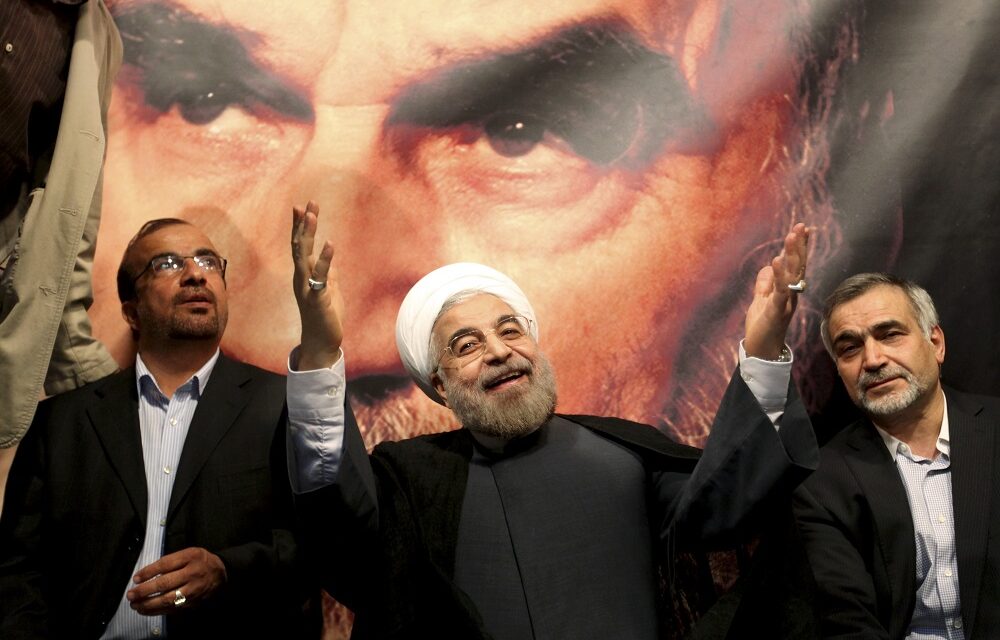
“The Cipher Brief has become the most popular outlet for former intelligence officers; no media outlet is even a close second to The Cipher Brief in terms of the number of articles published by formers.” —Sept. 2018, Studies in Intelligence, Vol. 62
Access all of The Cipher Brief’s national security-focused expert insight by becoming a Cipher Brief Subscriber+ Member.
Related Articles

SUBSCRIBER+ EXCLUSIVE ANALYSIS — Iran’s retaliatory strikes against Israel this weekend were both a potentially game-changing, historic first — and an underwhelming response. Historic, because […] More
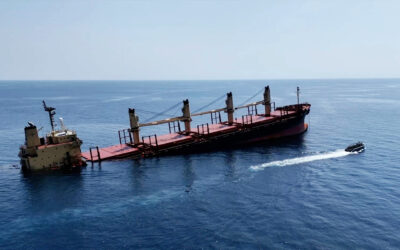
SUBSCRIBER+ INTERVIEW — Almost from the first volley fired last fall by Houthi rebels at vessels in the Red Sea, the group has surprised observers […] More
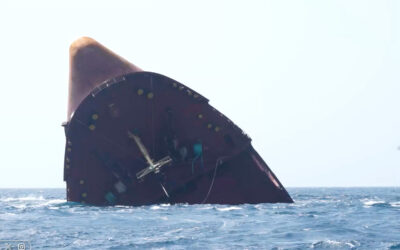
SUBSCRIBER+EXCLUSIVE INTERVIEW – For months, Yemen’s Houthis have been launching repeated missile and drone attacks againstcommercial and military ships in the southern Red Sea and […] More
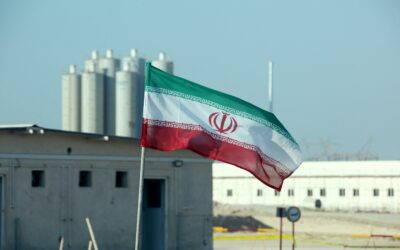
SUBSCRIBER+ EXCLUSIVE REPORTING – Iran’s nuclear ambitions have been a diplomatic concern for decades, but recent revelations by the International Atomic Energy Agency (IAEA), compounded […] More

SUBSCRIBER+ EXCLUSIVE REPORTING – Almost 21 years after the United States invaded Iraq and toppled Saddam Hussein, the nation is home to a contest between […] More
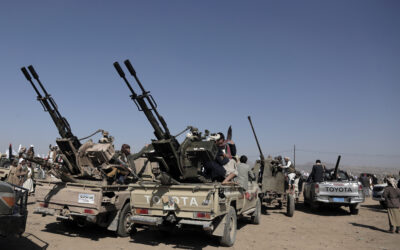
SUBSCRIBER+EXCLUSIVE INTERVIEW – Last week, just days after the U.S. retaliated – in what it called the ‘beginning’ of a multi-tiered response – against Iranian-backed […] More
Search